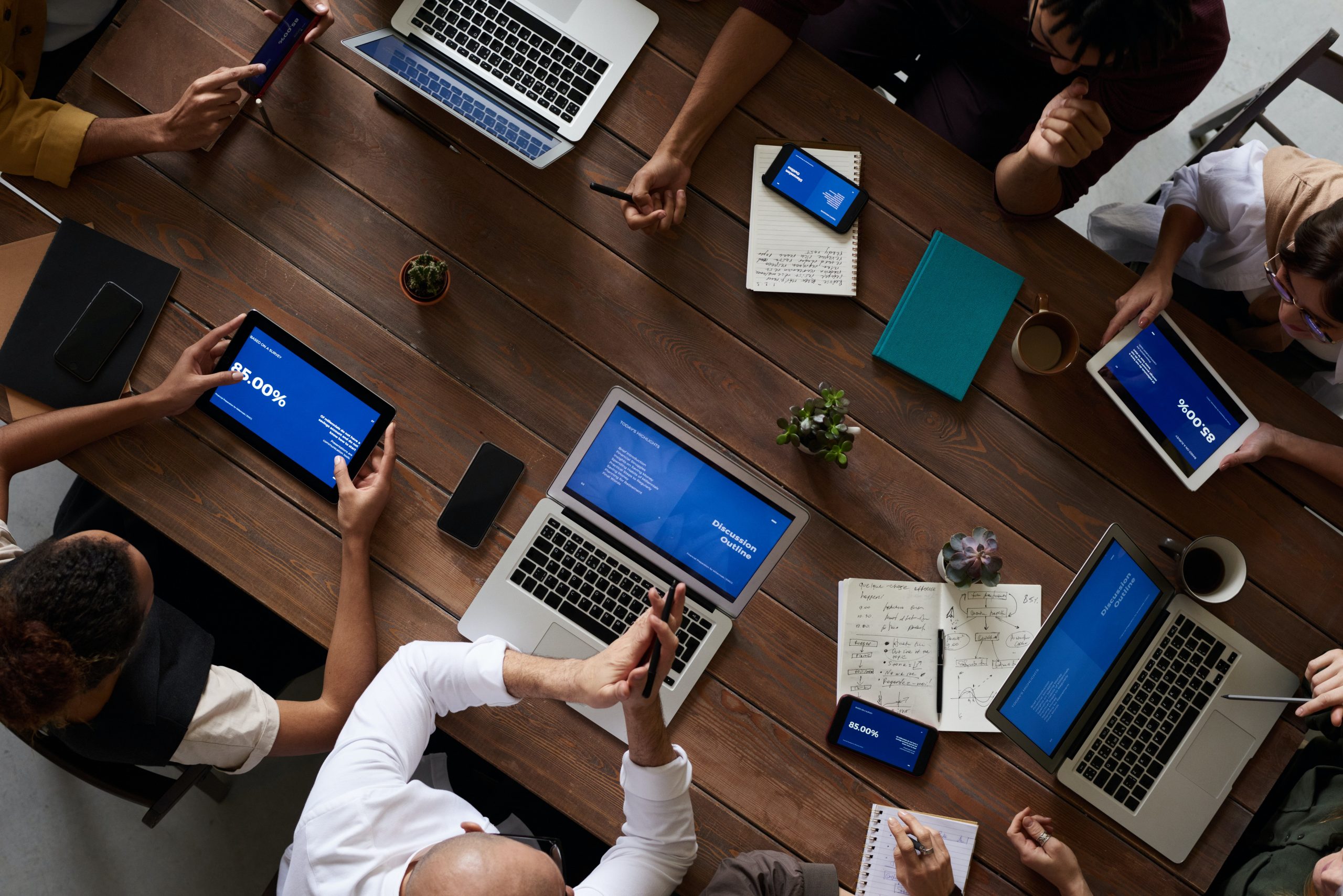The effect of the global pandemic has altered the way employees go about their working life, from their working patterns, responsibilities, and location of their roles – last year more than ever. As the workforce continues to evolve towards a hybrid model, what does this mean for the future of workplaces?
Dominated by the millennial market
Since the pandemic, employees everywhere have settled into a routine of remote working. As organisations plan for the future, they are trying to decide on the best path forward and understand what the future entails. So what does a hybrid workforce model look like and how does data lend a helping hand? With the addition of data, technology, cloud-based services, and ambitious workforce ethics, business as usual continued despite the changes in location. To amplify this, organisations must continue to unleash the myriad of opportunities that technology and data can provide to reach business targets and to reap the rewards.
The pandemic exposed the process of working from home and, as a result, many organisations are looking to a new hybrid workforce model that combines remote work and in-office collaboration. While Covid-19 forced us into working remotely without choice – there have been surprising benefits and whether we like it or not, hybrid working is here to stay. Confidently, employees want to have more choice of where they work, and over half of employees (55%) want to continue working remotely, however, 83% will consider the best of both locations – with at least one day at home.
There are no two ways about it, Generation Y – primarily recognised as the tech-savvy generation – is taking over and organisations need to ensure that this cohort of individuals’ needs is met and this involves understanding the data at hand. As a result, millennial employees adapt easily to new technologies and ways of working, promoting the need for a hybrid future-centric workforce and somewhat help make the transition seamless. Organisations that struggle to recruit employees from further afield will fail, especially as Gen Y feels comfortable moving to new employment if they feel their needs aren’t being met or that there are limited growth opportunities.
Culture transformation
With working practices under strain from the pandemic, replicating and maintaining business culture has been challenging. Old habits die hard, and it requires businesses to continuously adapt and implement a proactive mindset in order to keep the culture alive and at the core of each organisation’s mission and targets. This involves observing data and trends to find out what it takes for employees to be happy and productive within the workforce, more than typically before.
Organisations in the past have had to find various ways of working to reflect the culture and attitude they desire and differ against competitors. With the workforce now split between various locations, culture needs to be echoed throughout so that remote workforce still feels connected.
Empowerment with technology
Employee workloads have increased by as much as two hours a day since the pandemic started, especially as commuting has been removed – but how can organisations remove mundane tasks and allow employees to be more efficient and productive throughout the day? Can manual repetitive tasks become automated and allow employees to spend more time exploring the data rather than inputting it? Employees should feel confident to ask questions within the organisation and it is encouraged that teams have regular check-ins to measure how they are feeling and performing so that their role can be improved.
Simply, people analytics platforms can be used to analyse when employees log in and out, or are taking lunch and provide a simple way of keeping track of the hours worked but can also draw attention to line managers if team members are working too late at night or exceeding the expected hours – particularly useful when working as part of a hybrid workforce model. Or on the other hand, at a more granular and deeper level, data can be used to discover desired employee traits or when employees are more productive, have the best track record at meeting targets or are the most committed to their roles. By bringing data to the forefront it allows organisations to make data-driven decisions when recruiting ideal team members to strengthen the hybrid workforce model rather than relying on gut feel – therefore decisions become smarter – not harder to make.
Every organisation is unique, and HR directors will need to evaluate the benefits and drawbacks before decisions are made in order to create a successful hybrid workforce model for good. It is important for organisations to not get bogged down in the level of detail of their people analytics platforms but to think about the overall mission and goals and how this will contribute.
However, it is worth considering that the Covid-19 pandemic has brought hybrid working to the forefront of employee’s interest, so it is a good idea to start laying the groundwork to determine if it is feasible to continue working in this way after the current crisis has ended. By choosing the right option, data-driven decisions will bring benefits to everyone and drive the organisation forward.









